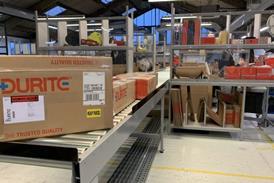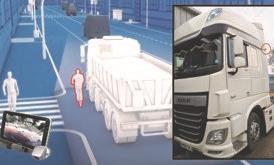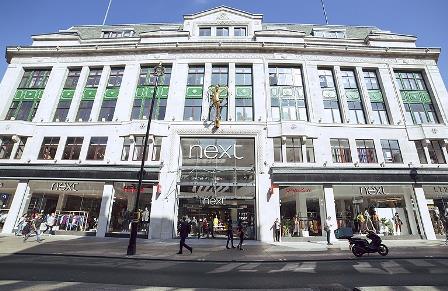
Fashion retailer Next has made an art form out of integrating physical retail with its online presence, as its results for the 12 months to 25 January 2020 showed. But even it has not been immune from the impact of Covid-19.
Since the early 1990s, Next has operated its own inhouse logistics operation, enabling it to become the first online brand to offer next day delivery with a 12pm order cut off.
Next can trace its home delivery roots back to the Grattans catalogue business which it bought in 1986. It launched Next Directory in 1988 before selling Grattans on to Otto Group, parent of Hermes.
In the early days, the Next Directory migrated from a paper catalogue with over-the-phone ordering into an online ordering system but with a similar logistics and fulfilment process behind the scenes.
Next has since invested heavily in its automated warehouses in Yorkshire enabling it to pick product by geographical destinations, so Devon and Cornwall for example are picked early to catch the first trunks away from their sites in Enderby, Doncaster and Pontefract. Product is then distributed to regional cross dock depots in places like Bristol for delivery to homes.
This complex warehousing system also integrates close with Next’s 500 retail stores in the UK as around half of online sales go through the stores as clock and collect.
The success of Next Online is highlighted in the company’s full year results to January 2020, which showed that Online made £400m profit on total sales of £2.15bn (with full prices sales up 12% on the previous year) while Retail earned £164m from sales of £1.85bn.
Online profits were up 13% as net margins widened slightly to 18.6%.
That was of course long before Covid-19 and in a trading statement issued in April the company said “the retail sector, along with the wider economy, has slowed faster and more steeply than we expected in March” when the full year results were published. In the period from 26 January to 25 April full price retail sales were down 52% and online sales were down 32%.
Online sales were dampened by Next taking the decision on 26 March to temporarily close its UK warehouses and distribution networks for 18 weeks “to adapt our operations to working safely in a coronavirus world”.
It re-opened the warehouse picking operation on 14 April and by mid-May expected to be back at 70% capacity, but during the restart it limited volumes by only enabling customers to order the number of items that could be picked safely that day.

Next chief executive Lord Wolfson, pictured, in his review of the 2019/20 results, said of the impact of Covid-19 : “Demand will be the biggest issue and although the virus is likely to impact our operations, we do not believe this will be as damaging as the very significant drop in sales sustained both in Retail and Online.
“Online sales are likely to fare better than Retail but will also suffer significant losses. People do not buy a new outfit to stay at home.”
In 2014 Next launched a spin-off website called Label which stocks branded fashion including Warehouse, Oasis, Nike and Superdry, and this channel really drove Online sales in 2019/20. Full price sales through Label were up 22% in 2019/20 to £434m, compared with a 4% growth in Next Brand online sales to just over £1bn.
Lord Wolfson said: “The risk for Next is that our customers find new ways to buy competing brands whilst we remain burdened with expensive retail liabilities (rents, rates, wages etc). Our response has been to lean into this challenge and actively enable our competitors to reach more customers by selling their product on our Online platform through Label.
“We have little doubt that the presence of competing brands increases the competition for our own
(higher margin) Next branded products, but we believe that longer term it is the only way to survive in the online world. There is nowhere to hide on the internet, one way or another our customers will find the brands they want. If they can find what they want on our website they are more likely to come back to us, furthering our ambition to be our customers’ first choice for clothing and homeware online.”
Next Online is also benefiting from the work the firm has done to improve stock availability by getting product returned to stores back in to the warehouses faster. In the last six months of 2019/20, the average value of returned stock in transit between stores and warehouse was down 30% compared with the previous year. This meant £15m of additional stock was available to online customers at any one time and during the pre-Christmas peak, this additional stock value was £30m.
But as Next looks to grow its online business it admits that the challenges for its warehousing operation become bigger. It categorises them as cost, speed and accuracy.
● Cost — with more SKUs spread over a larger area, our warehouse colleagues have to walk further, so picking costs are higher;
● Speed — stock has further to travel to packing stations, so takes longer;
● Accuracy — there is a greater risk of failing to get the right item to the right place on time
Its full year 2019/20 results explain: “The costs of fulfilling an order can be broken down into warehouse item picking, parcel packing and parcel delivery. Of these, the cost of delivering parcels is by far the largest. For Next, delivery costs represent 68% of the fulfilment costs. Our deliveries are fulfilled by various third‐party carriers and we are charged per parcel, rather than per item. If we have to put items into separate parcels, costs rise dramatically. So, the number of items consolidated into a single parcel is central to minimising costs.”
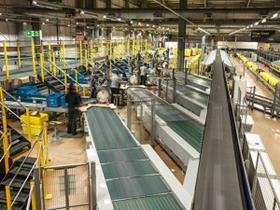
The increasing importance of warehousing over retail space is highlighted by the value of Next’s warehouse and distribution plant and machinery, and more importantly its replacement cost. Current book value is put at £182m and annual depreciation is £22m, around 1% of Online sales. But to replace that current infrastructure with new would cost in the region of £750m which would equate to an annual depreciation charge of around £50m. So, for Next, extending the life of its existing equipment is often as important as developing new equipment.
“Over the last 10 years we have invested in a great deal of new warehouse capacity, systems and mechanisation,” said the annual report. “But the key to success has been our ability to integrate those investments with our existing operations in order to deliver the maximum benefit for the minimum capital investment.
“All investments in our warehouses must either be justified on the basis of the profit generated from the increased sales capacity they facilitate or where they improve productivity and deliver an internal rate of return of more than 20%.”
Like other online retailers including the John Lewis Partnership, Next is having to invest heavily in its automated warehouses to boost capacity, and is two years into a six year programme of increased warehouse and logistics capital expenditure. This includes the development of a new Online boxed warehouse which it expects to be operational in 2022.
In the next four years Next plans to invest around £300m on warehousing, increasing Online annual sales capacity significantly by £1.7bn. Other benefits from improved automation include improved accuracy, productivity and parcel consolidation so more items can be placed in individual boxes, quickly and accurately, a task which becomes harder as the breadth of offer grows.
Next is also developing Platform Plus to enable the delivery of items held in third‐party warehouses next day, so Next to increase its product range without adding more warehouse capacity.
Stock can either be delivered by Next through its distribution networks, consolidated in parcels with other stocked items, or delivered direct by its partners for products such as furniture or personalised items. In 2019/20 Platform Plus achieved sales of £32m with 87 brands and before coronavirus, it had expected full price sales in the current year of £48m from 142 brands – 89 of which were delivered by partners rather than by Next.
While Covid-19 remains the major influence on retail sales in the short term, Lord Wolfson said there are bigger, longer term challenges to Next’s dominance: “This report begins by discussing the real and immediate threat of coronavirus. It would be easy for us to talk or think of nothing else, but that would be a mistake. Our sector continues to experience profound and lasting structural changes and these changes are not on hold. Indeed it is possible that the pandemic may accelerate the transition to online shopping. So we cannot afford to neglect our continuing efforts to transform every part of our business.
“The internet continues to give consumers unprecedented levels of choice without requiring them to travel to physical stores. The ability of retailers to hold stock in single central locations for nationwide (and worldwide) distribution means that customers can now access products everywhere that they could previously only find in a handful of major shopping locations.
“We believe that it is this proliferation of choice that is the most important advantage that the internet brings to the consumer. Of course, the ability to deliver goods to a customer’s home plays an important part in the service Online provides. Our stores remain an important part of our Online business in the UK. UK Online customers collect nearly 50% of their orders (by volume) from and bring over 80% of their returns to our stores. So for many people the overriding factor is choice, not the convenience of home delivery.
“If online trading were only about home delivery, we might reasonably expect high street sales to
stabilise and the split between online and stores to reach a point of equilibrium relatively soon. But
if the driver of change is choice then, in our view, that equilibrium is likely to be a long way off and we are preparing ourselves for many years of transition.”



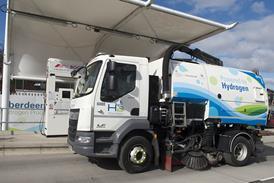


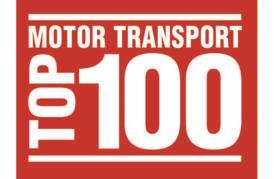
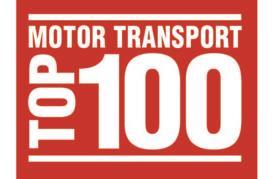
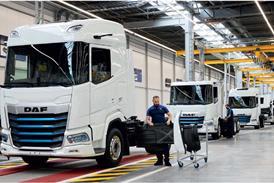
![Mercedes-Benz_eActros_600_(1)[1]](jpg/17820_mercedesbenz_eactros_600_11_978080.jpg)

